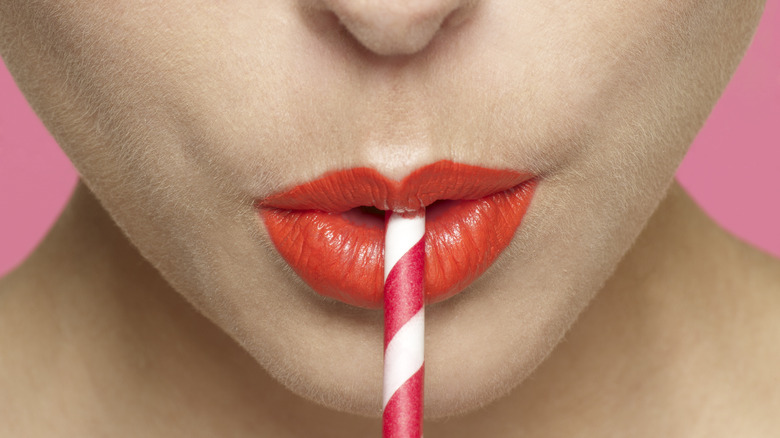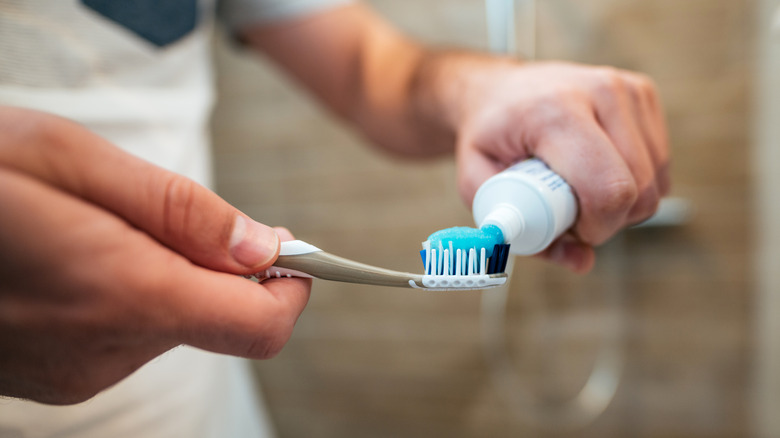The Science Behind Why Drinking Straws Don't Work In Space
There are many things we take for granted about this world. It has food, water, and the raw materials that allow us to manufacture gadgets and appliances that make life easier. It also has atmospheric pressure. If there was no atmospheric pressure, oceans would freeze, there would be no air to breathe, and life expectancy would drop to mere seconds. We would also not be able to use a straw.
When you suck on a straw, you are removing the air to create a vacuum. That means there is no weight pressing down on the liquid in your glass inside the straw. Outside the straw, however, there is atmospheric pressure. This weighs down on the liquid and causes anything inside the straw to rise to your lips.
In space, there is almost no atmospheric pressure. This means after you suck all the air out of the straw, there is no force pushing down on the liquid, so it will not rise into your mouth through the straw to quench your thirst.
Taking a closer look at the science of drinking through a straw
When we jump up into the air, we have faith that we will come back down and not float off into space. While most of us never really think about it, this happens because of gravity and atmospheric pressure. Atmospheric pressure is created by the weight of the air pressing down on everything.
To take a closer look at why a straw doesn't work in space, think of atmospheric pressure as your hand wrapped around a tube of toothpaste. When you squeeze, you increase the pressure on the outside of the tube until the toothpaste flows out of the opening. If you don't squeeze, the toothpaste will not come out.
In space, there is no atmospheric pressure. When you remove the air above the liquid through the straw (similar to removing the lid to a tube of toothpaste), there is no external pressure squeezing that liquid to force it to rise up the straw. Hence, you won't be able to quench your thirst by sucking.

